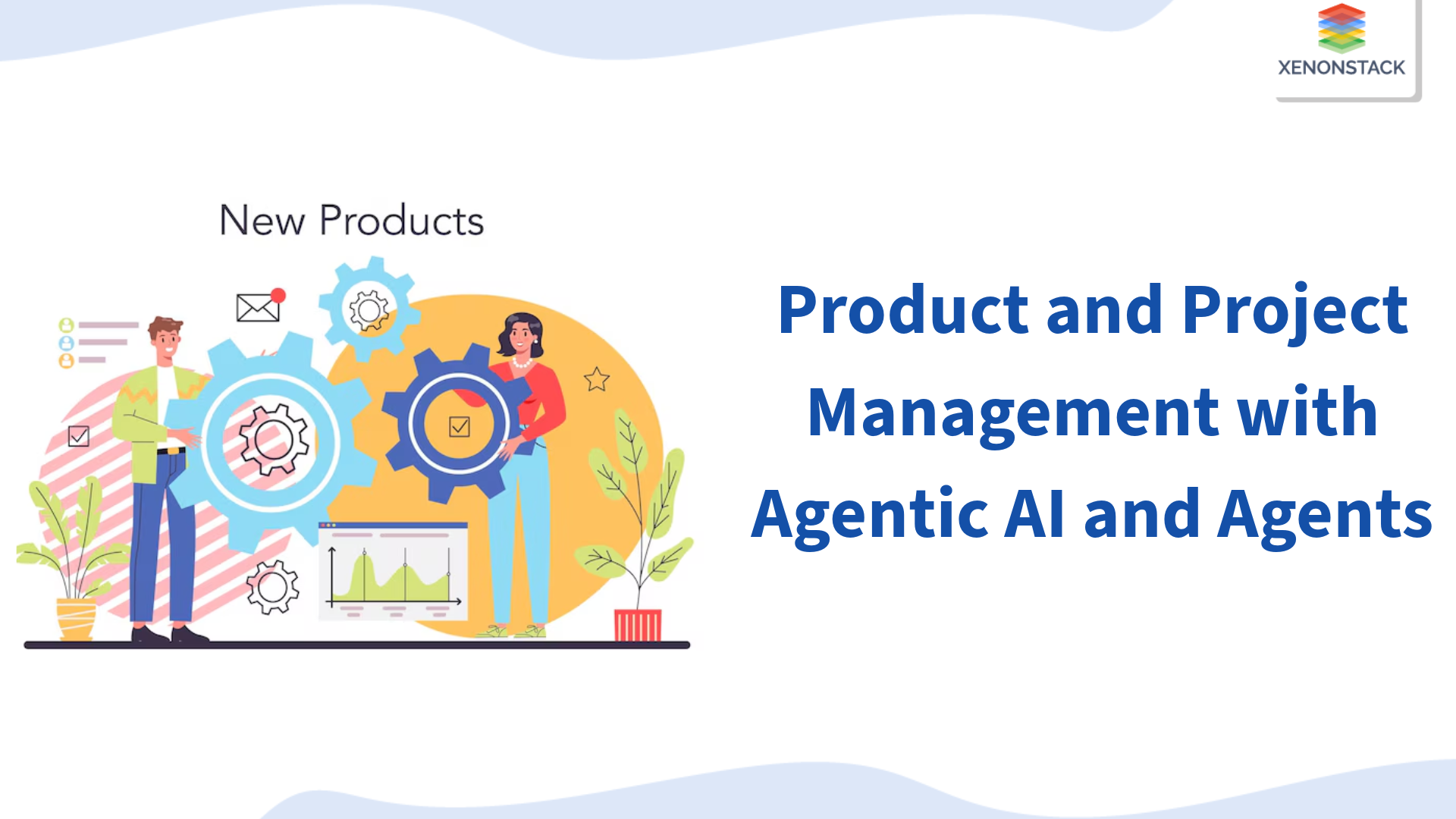
Introduction to Change Management
Change management in project management is about managing changes in the resources, processes, and people involved in a project. A simple example of this is when a team took 1 year to complete a project, but after a month, the timeline was reduced to 6 months. The team then needs to manage the changes and ensure that the project runs on a new timeline, using all the resources needed to complete the project with the expected quality. These are not always closely related. You can combine the two terms in one instance, but there are still significant differences between them.
A process that helps companies to understand, respond to, and recover from incidents. Click to explore about our, Incident Management Process
What is Change Management?
It refers to the processes and tools used to manage changes in a project and its team. To understand the definition of it, we need to break it down into two components:
- Change Management: This changes or affects a project, task, process, structure, or even job.
- Project Management: It refers to managing a project team and overseeing the team's activities to achieve the project targets.
Its process constantly consists of a project manager and a dedicated team. A manager oversees the work of the team members and ensures that the team members successfully incorporate the changes into the practice and achieve the goals of the entire project. Team responsibilities may include engaging with stakeholders, developing training programs, and tracking engagement.
Aim of Change Management
At the project level ensures that a project attains its intended solutions and results by supporting the individual transitions required. After installing new technology, employees must adopt and use it to deliver value. After implementing a new process, employees must adopt and use it to deliver value. Project level change management provides the precise strategies, plans, actions, and steps that concentrate on impacted employees and add alignment with project deployment.
At the project level, it may be applied to any project or initiative that impacts how employees do their jobs. Some changes impact many employees while others impact thousands. Changes may be induced by external, internal, or a combination of both. Change can impact processes, systems, tools, organization structures, or job roles (or any combination thereof). But if a change requires employees to try and do their jobs differently (by exhibiting new behaviors, following new processes, using new tools), then there's a job for project-level change management.
There is a need for a process to ensure that projects are completed on time and with the desired quality. Click to explore about our, Project Management Processes
What are the types of Management?
There are many alternative ways to categorize it in an organization. However, it's generally understood that four main types might be adapted to suit varying areas of project management. These are:
Anticipatory
This involves planning changes before an awaited situation. Once the project manager declares the likelihood or perhaps inevitability of such an event, they will set a plan for when it arises. An example may be a change management plan for a senior employee handing in their notice.
Incremental
It refers to gradual changes over a protracted period, like the continuing addition of the latest features to an existing app. As these alterations are small, they're unlikely to cause any upheaval within the overall project. Incremental changes are closely linked to scope perforate project management.
Reactive
A reactive approach is employed when an unforeseen event occurs. This is usually employed in crisis situations, where there's little time to plan, and the project manager must think on their feet. Reactive change management isn't ideal but often necessary.
Strategic
These changes are much more significant and may affect the general direction of a corporation. A strategic shift in it may involve implementing brand-new technology, requiring a rewrite of the initial project plan.
Why it is important?
It is vital because the sector of project management is fast-paced, and things can change quickly. This implies project managers must be ready to adapt accordingly.
It is also vital to possess a structured change management process so team members understand how to react to alter and remain on the right track to realize their project targets. The Wall Street Journal notes that “good change management can help employees embrace new technologies and directions, and keep companies relevant.” When everyone seems to be aligned on change management, the likelihood of project success increases.
A heuristic technique to deal unpredictability and address complicated problems that replaces a programmed algorithmic approach with respect for people and self-organization. Click to explore about our, Backlog Grooming vs Sprint Planning
How to apply it?
The simplest definition of it depends on the target audience, but benchmarking studies show some fairly simple steps for applying it at the project level. Mentioned below are four points for getting started on applying it:
Apply a Structured Methodology
In recent years, the discipline of change management has developed and grown. The "soft and fuzzy" side of change is now labeled with precision, structure, process, and tools. A structured methodology helps you be direct and targeted and helps you avoid missing key considerations.
Customize and Scale Your Approach
In change management, one size doesn't fit all. This approach and plan for an incremental change impacting 50 employees will look very different than the plan for a radical transformation impacting 5,000 employees. You'll follow the same process, but the resulting outputs must be scaled and customized to support the change and the impacted people.
Dedicate (Or Find) a Resource
If nobody is assigned to vary management, the likelihood is it won't get done. Prosci's research shows an instantaneous correlation between having a fanatical resource and alter management effectiveness. A fervent resource provides focus and one point of contact. The resources are often someone on the team or someone supporting the team, but there must be someone specializing in change management.
Work in Collaboration with the Project Team
It can't be applied at the project level in a vacuum without engagement from the project team. Clearly articulate the link between the project team and the change management resources. Define the roles and responsibilities. Work deliberately to make a partnership with a singular goal—delivering the project's intended results and outcomes.
At the project level, change management may be a benefits realization and value creation measure applied to particular initiatives. It's structured to form customized and scaled approaches and plans to drive team member adoption and usage. It's the simplest way to ensure that a project achieves intended benefits and outcomes, realizes ROI, relieves costs and risks, and creates value. It's how to make sure that projects and initiatives are more successful.
Identifies the source of each requirement or other artifact used for building the deliverables.Click to explore about our, Requirement Traceability Matrix
Conclusion
Change management usually focuses on the "people side" of organizational change. It includes both individual and organizational perspectives. It requires action and commitment by managers and leaders throughout an organization. These are different tools that help you implement the benefits of your project. Project management is a "technical" aspect, and change management is a "people" aspect. It is most effective when it starts at the beginning of a project and is integrated into a project activity.
- Discover here about Requirements Management Process
- Read more about Functional Specification Document


